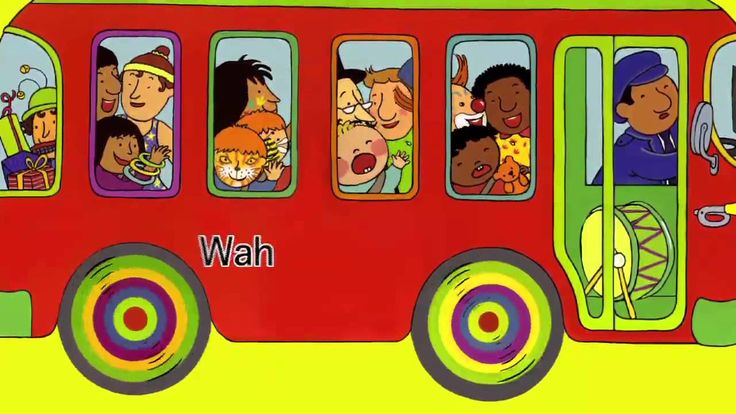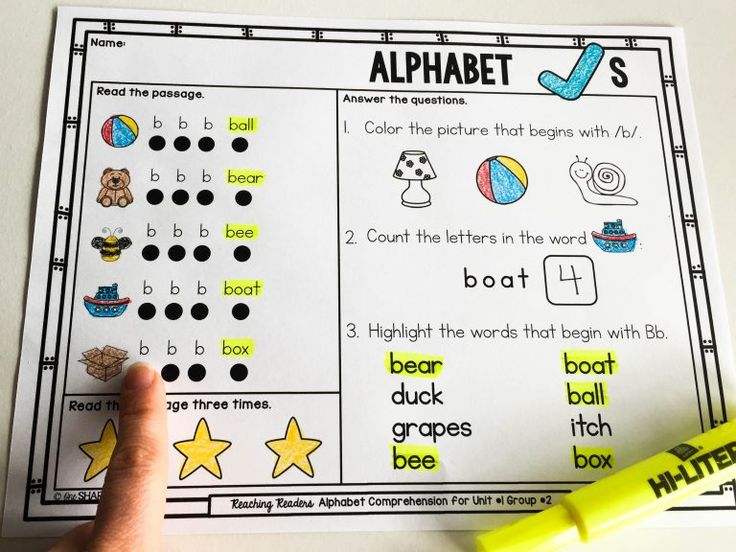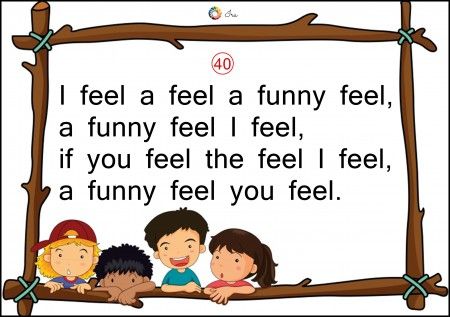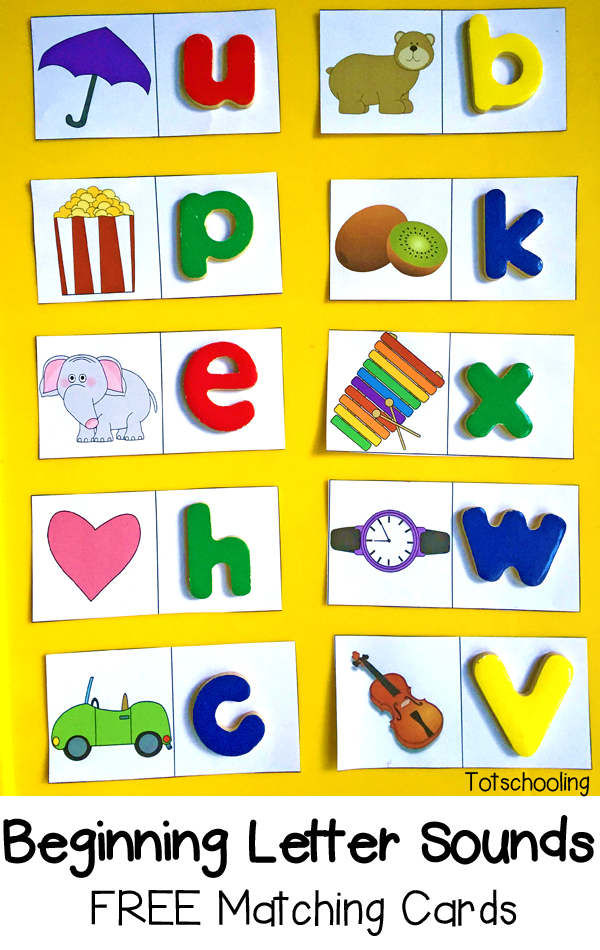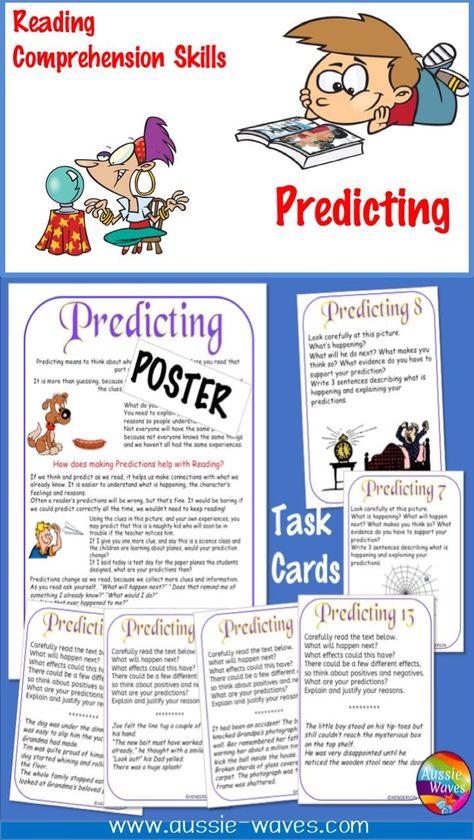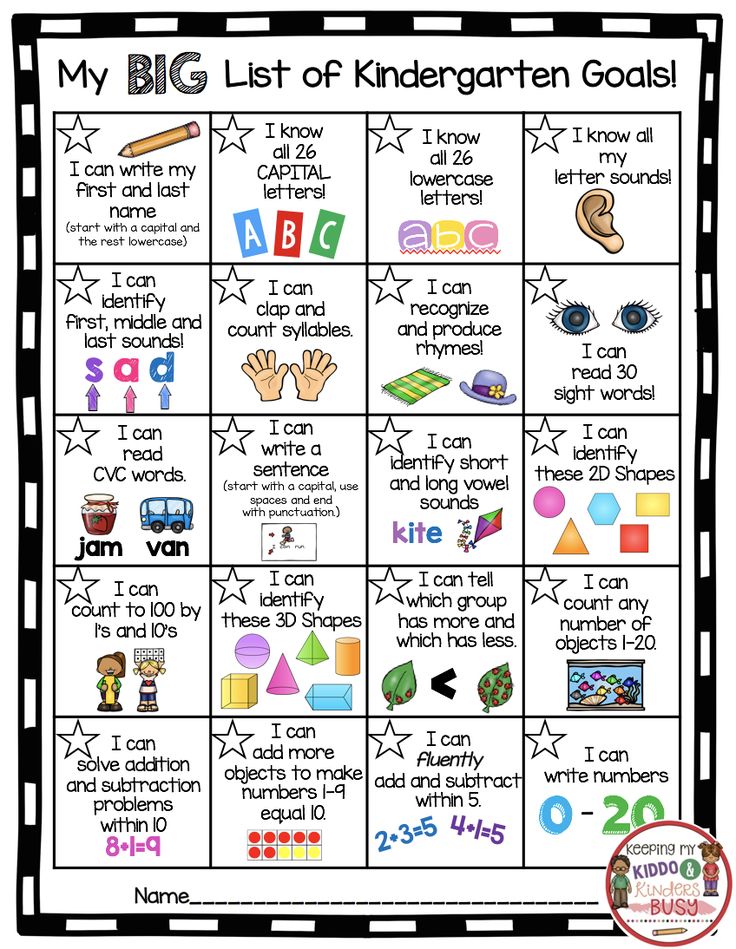Where on the bus
Behind the History of the Classic Kids' Song, “The Wheels on the Bus”
Hello, all you back-to-schoolers out there.
We hope you have your apples polished, your pencils sharpened and your backpacks full, because as September sets in soon, that can only mean one thing. It’s time to get back on the big yellow school bus and head to class.
And what better way to mark that occasion than taking a look at the meaning and the history behind everyone’s favorite bus-themed song? Oh, and what does Madonna have to do with it? See below.
Without further ado, let’s drive—er, dive—right in!
OriginsWritten by Verna Hills (who, herself, lived to be in her nineties), the earliest known publishing of “The Wheels on the Bus” is from December 1937. Lyrics for the song were published in the outlet, American Childhood.
Originally just called “The Bus,” the verse begins: The wheels of the bus… (“of” not “on”).
The Song TodayToday, the song is popular amongst children in the United Kingdom, the United States, Australia, Canada, Sweden, Italy, and Denmark. As one would expect, the song is often sung by school kids while on bus trips or while heading to school.
It’s an amusing song with parts that change and parts that stay the same (see lyrics below). The rhythm is repetitive, making it easy for people to both sing and remember. Another song that follows a similar format is “99 Bottles of Beer.” Though the song of course has a much different meaning.
The Contemporary LyricsEach stanza in the song begins with a different part of the bus, from the wheels to the windshield wipers to the driver, the people on the bus, and more. The meaning, obviously, is to highlight all the fun, noise-making elements of the vehicle.
Another fun aspect is for children (and parents or teachers) to act out the parts. The wipers go swish, swish, swish, and singers can move their extended arms, pointed up, back and forth like actual wipers. Or the horn on the bus goes beep, beep, beep, and the singers can extend their arm as if honking a real horn on the steering wheel.
Then each stanza continues with how each of those elements on the bus moves or behaves, with each verse concluding with all through the town, before another stanza begins.
For example:
The wheels on the bus go round and round
Round and round
Round and round
The wheels on the bus go round and round
All through the town
The wipers on the bus go, Swish, swish, swish
Swish, swish, swish
Swish, swish, swish
The wipers on the bus go, Swish, swish, swish
All through the town
The driver on the bus goes, ‘Move on back’
‘Move on back’
‘Move on back’
The driver on the bus goes, ‘Move on back’
All through the town
The people on the bus go up and down
Up and down
Up and down
The people on the bus go up and down
All through the town
The horn on the bus goes, Beep, beep, beep
Beep, beep, beep
Beep, beep, beep
The horn on the bus goes, Beep, beep, beep
All through the town
The baby on the bus goes, ‘Wah, Wah, Wah’
‘Wah, wah, wah’
‘Wah, Wah, Wah’
The baby on the bus goes, ‘Wah,
Wah, Wah’
All through the town
The mommies on the bus go, ‘Shh, shh, shh’
‘Shh, shh, shh’
‘Shh, shh, shh’
The daddies on the bus go, ‘Shh, shh, shh’
All through the town
The lyrics for the original rhyme, published in December of 1937, in an issue of American Childhood, are written in three stanzas as follows (note the different ending of each section of verse and different actions, though the general meaning is the same):
The wheels of the bus go round and round,
Round and round, round and round;
The wheels of the bus go round and round,
Over the city streets.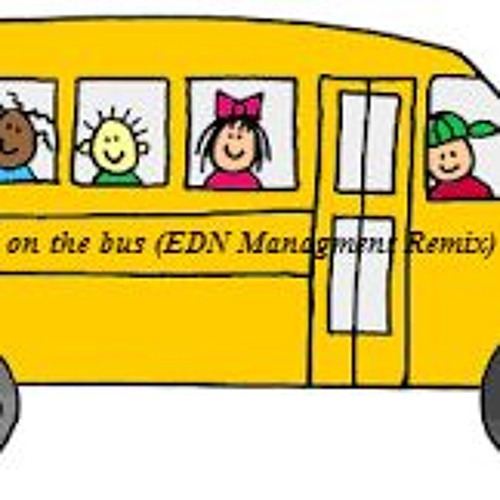
The horn of the bus goes Too-to-too,
“Too-to-too, too-to-too,
the horn of the bus goes Too-to-too
At the other busses, it meets.
The people in the bus go up and down,
Up and down,
up and down;
The people in the bus go up and down,
Bouncing off their seats.
At the time, no reference was made in the original publication as to the formal melody for the rhyme. That was likely figured out later in the verse’s lifespan.
What Does Madonna Have To Do With This, Exactly?Well, nothing formally.
But in 2002, a Madonna impersonator named Michelle Chappel, using her stage made “Mad Donna,” released a single that sampled the nursery rhyme that also featured a version of Madonna’s 1998 song, “Ray of Light,” upon which “The Wheels on the Bus” was sung.
That single reached No. 17 in the United Kingdom and made the pop charts in other European countries.
(Check out a live version of that song here. Boy, is it weird.)
Boy, is it weird.)
Driving can be monotonous. Children can have short attention spans. Music is the universal language.
For all these reasons, a song like “The Wheels on the Bus” was born, honed, and perfected over the years, so that children sitting on the big yellow school bus could be entertained while their trip is traveled.
The song teaches observation, communal singing and has a meaning that’s both fun and even a little educational to children. What they took for granted—a silly ol’ bus—has lots of elements to it that have their own little sonic lives.
(Photo by Ron Adar/SOPA Images/LightRocket via Getty Images)
The Wheels on the Bus Lyrics With Alternative Verses
The classic children’s song, “The Wheels on the Bus” is a traditional American folk song written in the 1930’s by Verna Hills of Boston, MA. The song was based on the nursery rhyme “Here We Go Round the Mulberry Bush”, and actually shares the same tune. The lyrics have changed a few times over the years, and new actions, such as wiping the windows and the engine going vroom, were added.
The song was based on the nursery rhyme “Here We Go Round the Mulberry Bush”, and actually shares the same tune. The lyrics have changed a few times over the years, and new actions, such as wiping the windows and the engine going vroom, were added.
Below you’ll find all the versions of this song that we could find. Feel free to reach out if we’ve missed one!
Traditional Lyrics
The wheels on the bus go round and round,
round and round,
round and round.
The wheels on the bus go round and round,
all through the town.
The wipers on the bus go swish, swish, swish;
Swish, swish, swish;
Swish, swish, swish.
The wipers on the bus go Swish, swish, swish,
all through the town.
The horn on the bus goes beep, beep, beep;
Beep, beep, beep;
Beep, beep, beep.
The horn on the bus goes beep, beep, beep,
all through the town…
The money on the bus goes, clink, clink, clink;
Clink, clink, clink;
Clink, clink, clink.
The money on the bus goes, clink, clink, clink,
all through the town.
The Driver on the bus says “Move on back,
move on back, move on back;”
The Driver on the bus says “Move on back,”
all through the town.
The baby on the bus says “Wah, wah, wah;
Wah, wah, wah;
Wah, wah, wah”.
The baby on the bus says “Wah, wah, wah,”
all through the town.
The mommy on the bus says “Shush, shush, shush;
Shush, shush, shush;
Shush, shush, shush.”
The mommy on the bus says “Shush, shush, shush,”
all through the town.
Alternate Versions
The doors on the bus go open and shut.
The bell on the bus goes ding-ding-ding.
The lady on the bus says, “Get off my feet”…
The people on the bus say, “We had a nice ride”…
“Your name” on the bus says Let Me Off!
The Grandma on the bus goes (kiss, kiss, kiss)
The Grandpa on the bus goes (snore, snore, snore)
Librarians on the bus go shh, shh, shh,
shh, shh, shh,
shh, shh, shh,
Librarians on the bus go shh, shh, shh,
Mummy and daddy on the bus says, I love you,
I love you, I love you,
Mummy and daddy on the bus says, I love you,
Policeman on the bus, goes allo, allo allo,
allo, allo, allo, allo, allo, allo,
Policeman on the bus. Go allo, allo allo,
Go allo, allo allo,
Grannies on the bus, shake their heads,
shake their heads, shake their heads,
Grannies on the bus, shake their heads,
Grannies on the bus knit, knit, knit,
knit, knit, knit,
knit, knit, knit
Grannies on the bus knit, knit, knit,
Dentists on the bus say open wide,
open wide,
open wide,
Dentists on the bus say open wide,
Brakes on the bus, go screech, screech, screech,
screech, screech, screech,
screech, screech, screech,
Brakes on the bus, go screech, screech, screech,
Doors on the bus go open and shut,
open and shut,
open and shut,
Doors on the bus go open and shut,
Friends on the bus say, how are you?
How are you?
How are you?
Friends on the bus say, how are you?
Money on the bus goes clink, clink, clink,
clink, clink, clink,
clink, clink, clink,
Money on the bus goes clink, clink, clink,
Teenagers on the bus go like OMG,
OMG
OMG
Teenagers on the bus go like OMG,
Dogs on the bus go woof, woof, woof,
woof, woof, woof,
woof, woof, woof,
Dogs on the bus go woof, woof, woof,
Cats on the bus go meow, meow, meow,
meow, meow, meow,
meow, meow, meow,
Cats on the bus go meow, meow, meow,
Mice on the bus go squeak, squeak, squeak,
squeak, squeak, squeak,
squeak, squeak, squeak,
Mice on the bus go squeak, squeak, squeak,
Chickens on the bus go cluck, cluck, cluck,
cluck, cluck, cluck,
cluck, cluck, cluck,
Chickens on the bus go cluck, cluck, cluck,
Ducks on the bus go quack, quack, quack,
quack, quack, quack,
quack, quack, quack,
Ducks on the bus go quack, quack, quack,
Turkeys on the bus go gobble, gobble, gobble,
gobble, gobble, gobble,
gobble, gobble, gobble,
Turkeys on the bus go gobble, gobble, gobble,
Parrots on the bus say Who’s a pretty boy?
Who’s a pretty boy?
Who’s a pretty boy?
Parrots on the bus say Who’s a pretty boy?
Sheep on the bus go baa, baa, baa,
baa, baa, baa,
baa, baa, baa,
Sheep on the bus go baa, baa, baa,
Cows on the bus go moo, moo, moo,
moo, moo, moo,
moo, moo, moo,
Cows on the bus go moo, moo, moo,
Pigs on the bus go oink, oink, oink,
oink, oink, oink,
oink, oink, oink,
Pigs on the bus go oink, oink, oink,
Horses on the bus go neigh, neigh, neigh,
neigh, neigh, neigh,
neigh, neigh, neigh,
Horses on the bus go neigh, neigh, neigh,
Cockroaches on the bus go skitter, skitter, skitter,
skitter, skitter, skitter,
skitter, skitter, skitter,
Cockroaches on the bus go skitter, skitter, skitter,
Tired of singing this yet? Perhaps it’s time for some card games.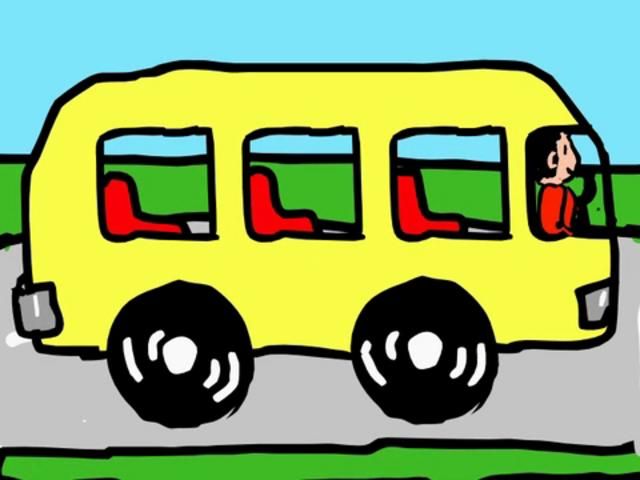
Hella Staff|September 2, 2021
Long-distance bus seating arrangements
October 21
Excursion tourism seems to be specially designed for bus tours. Today, this type of travel is becoming increasingly popular. Comfortable long-distance buses allow you to enjoy the pleasure of learning new things while traveling. Such transport differs significantly from city buses.
Long-distance buses are equipped with special soft seats with reclining backrests and armrests. They have a cavity for carrying passengers' goods, including shelves above the seats and a large space under the floor of the passenger compartment. The cabin itself may not only have a chemical toilet, but also a cold and hot water dispenser, a mini-fridge, a TV screen and other devices in order to make the trip comfortable.
When choosing a bus for a long sightseeing tour, you must take into account all these features and ask in advance how comfortable you will be on the road.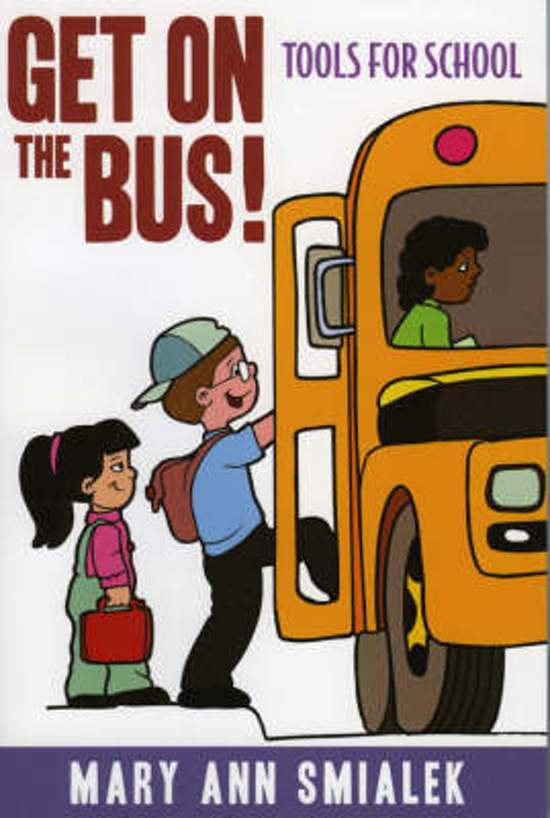 Another important point is the safe location in the cabin of the ADS. When buying a ticket, the seats belong to the passengers in the same way as on the train, so it will not be possible to change them in the future. The seating arrangement varies from bus to bus.
Another important point is the safe location in the cabin of the ADS. When buying a ticket, the seats belong to the passengers in the same way as on the train, so it will not be possible to change them in the future. The seating arrangement varies from bus to bus.
Long-distance buses are a popular mode of transport, so many different modifications of such vehicles are produced. In addition, the carrier has the right to independently equip the ADS cabin at its own discretion. Therefore, even buses produced at the same factory at the same time may differ in both the number of seats and their location.
In particular, the MAN special tourist bus in the standard model is designed to accommodate 59 seats, and the numbering starts from the first seat and from the right row. However, the MAN Lion's Coach R 08 modification has only 49 seats, while the number one has a seat in the second row on the right. The first seats from the door are not numbered, so the last ones are numbered 47 and 49.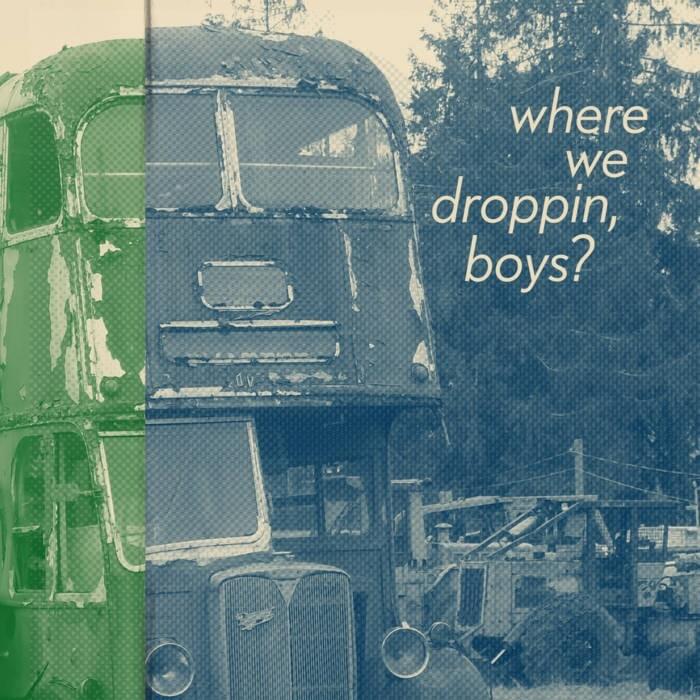
MAN Lions Coach R 08 seating arrangement MAN bus seating arrangement
Such differences can be found in buses of all brands. For example, a small Mercedes 22360C is designed for 20 seats, and the numbering order is confused. The first places 1 and 2 are located behind the driver, and the places next to him are numbered 19 and 20. Further rows are numbered from right to left. Another bus from the same manufacturer, Mersedes-Benz 0303, is numbered from left to right and can accommodate 45 seated passengers.
The location of the seats in the location of the seats on the Mersedes-Benz 0303
bus Mersedes-22360c
bus and the bus can also be equipped with a bus, for example, remove several chairs, add a guidance for a service room. Depending on such innovations, the number and sometimes the location of passenger seats will change. Therefore, when buying a ticket, you must carefully study the real scheme of the bus by asking the carrier for it.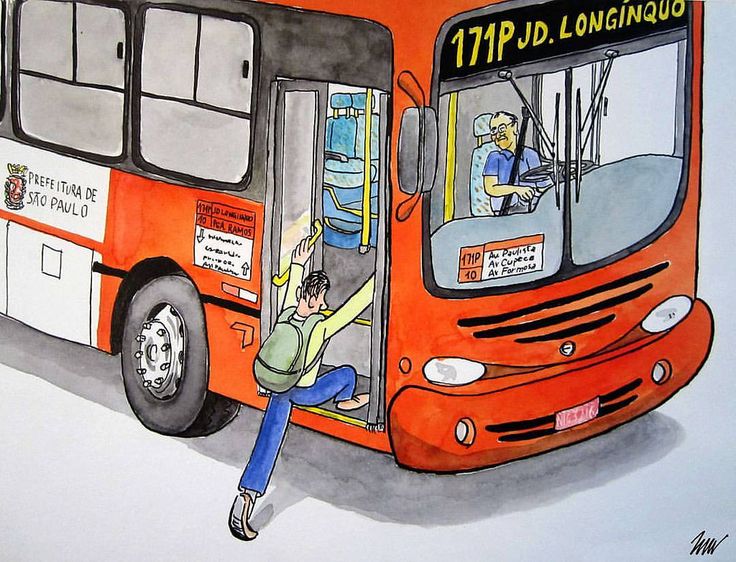
Where is the safest place to sit on a long-distance bus?
Driving safety is not the same for passengers who occupy different seats on the bus. The same thing happens in passenger cars, where the safest place is considered to be behind the driver, and the most at risk is next to him. When buying tickets for ADS, you should look for a ticket for a seat located in the most secure area of the bus.
Here are some tips for bus safety:
- The safest place is just behind the driver's seat. It is believed that in the event of a danger, the driver will subconsciously try to protect himself, respectively, the opposite side gets hit the fastest.
- The most comfortable and quiet places with a good level of security are located in the center of the cabin. This zone remains the most intact both in a frontal impact and in a rear-end collision. Even in the event of a side impact, the impact can hit the rear, bypassing the middle.
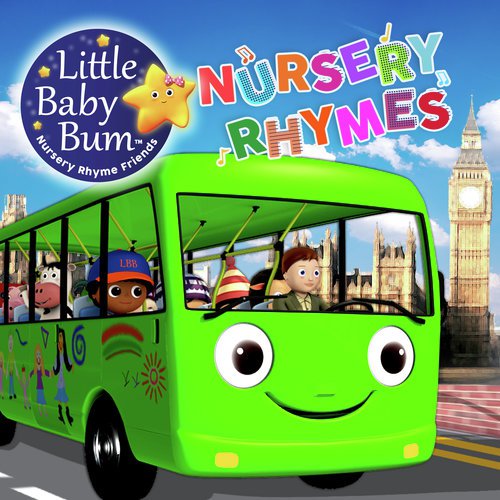
- Seats on the right side of the aisle rather than the window are considered safer than those on the left.
It is also useful to inquire about the safety of the passenger seats themselves. The safety rules in the cabin of the aircraft also apply to the bus: do not walk around the cabin while driving, especially during maneuvers, in case of shaking or a dangerous situation, you must lean forward and hide your head on your knees.
Where better not to take the bus
This information has not been confirmed by special scientific research, but there are several types of seats where passengers really do not like to sit:
- The last row of seats is notorious. This prejudice is quite logical, since the smell of burning and exhaust gases is stronger here. The tail of the cabin shifts more from side to side when moving and turning, it is more motion sick here. When braking hard, you can fall into the aisle.

- The first row from the entrance and just behind the driver is also not popular. In a frontal impact, this part of the cabin suffers the most.
When choosing a ticket, you should ask if the seats recline. There may be places in the cabin where the back does not move. A conscientious carrier will not sell them, but you should not hope for this, it is better to check in advance and ask the travel agent carefully. Most often, such seats are installed on the unloved last row or next to the door in the middle of the bus. The place near the entrance has a number of features. In particular, it is coldest there in winter, but it is easy to get off first at any stop.
Important
When buying tickets, no details of accommodation in the cabin are indicated. You can also find out all the details about a particular bus from a travel agent, and for a conversation it is better to personally come to the company's office.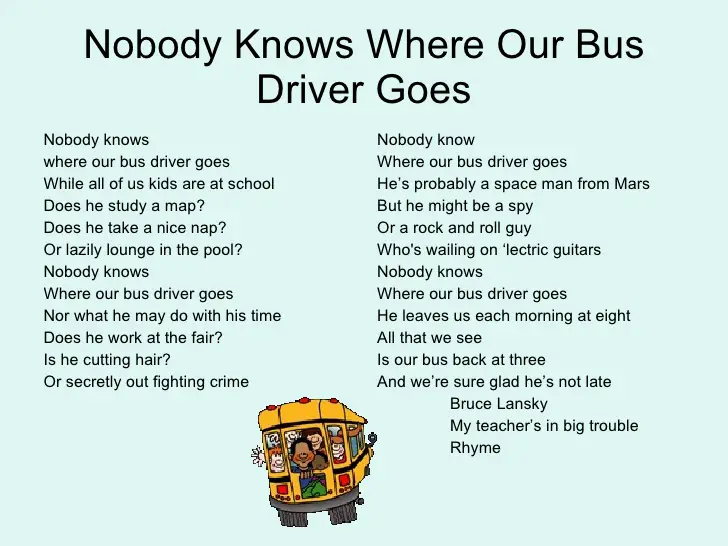 There they will be able to show you the exact bus maps, location plans, tell you about what they prefer to keep silent about when ordering via the Internet.
There they will be able to show you the exact bus maps, location plans, tell you about what they prefer to keep silent about when ordering via the Internet.
How to choose the right seat on the bus: the main criteria
Traveling abroad by bus today is no surprise. From almost any major city there are daily long-distance buses (ADS). This type of transport is in demand among tourists for a reason, but because bus tickets are much cheaper compared to air tickets. And the romance of big roads is not the last of the arguments in favor of traveling by bus. But what can overshadow the upcoming exciting journey is ... the location of the seats on the bus. Unexpected, right?
But, if you think about it, because of the wrong choice of a seat on the bus, everything on the trip can go wrong. You will not be able to take a normal nap, even your legs, sometimes, there is nowhere to stretch. All because you did not specify what the location of the seats on the bus. Man, Neoplan, Setra - the numbering of seats in each of these buses is different. Even buses of the same brand, but, say, of different capacity or year of manufacture will be very different from each other.
Even buses of the same brand, but, say, of different capacity or year of manufacture will be very different from each other.
If you have already traveled abroad like this once and remember where the seat is convenient for you, still do not be lazy and ask the managers of the carrier company what the layout of the seats is in this bus. For our part, we will try to prepare you so that you yourself can choose the right seats on the bus.
There are situations when you just need to look at the map of seats on the bus and choose for yourself the one that, in your opinion, will be the most convenient. In order not to bother, you choose the same place for the return flight. And what? The diagram presented on the site clearly shows that the place is normal. But over time, it turns out that it’s not enough to trust the layout of seats on the Neoplan (or Man, Setra) bus - you need to double-check with those who sell these tickets to you. For example, you go there on one bus model and the place suits you perfectly.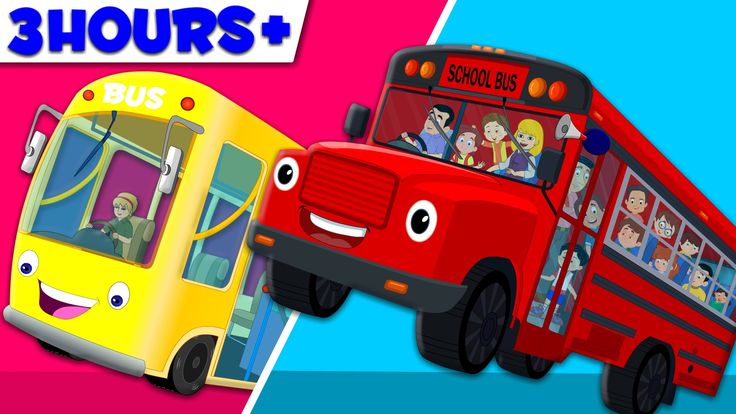 When you have to go back, you go into the salon and suddenly realize that the seat number is the same, but its location is completely unacceptable: it is right next to the second door and the table on which the stewardess makes tea for passengers. This means that you simply have nowhere to stretch your legs. Ahead - the whole day on the road, and you do not know what to do with your knees, which are incredibly aching from a constant bent state. How do you like this perspective? Surely you would like to understand in advance which are the bad places on the bus, and which are the most convenient. There are other criteria for choosing seats, namely:
When you have to go back, you go into the salon and suddenly realize that the seat number is the same, but its location is completely unacceptable: it is right next to the second door and the table on which the stewardess makes tea for passengers. This means that you simply have nowhere to stretch your legs. Ahead - the whole day on the road, and you do not know what to do with your knees, which are incredibly aching from a constant bent state. How do you like this perspective? Surely you would like to understand in advance which are the bad places on the bus, and which are the most convenient. There are other criteria for choosing seats, namely:
- security,
- interior part,
- proximity to the door.
The most dangerous places in the cabin of any bus are in the first row on the right. In the event of a frontal collision with an oncoming vehicle, these places are the first to be hit. The places on the left side of the cabin are also dangerous, because in Europe there is predominantly right-hand traffic, which means that the bus is located to the flow of cars on this side. And of course, the rear seats are also dangerous. The fact is that in the event of a rear impact, passengers from the last row can easily fly into the aisle and, of course, injure themselves.
And of course, the rear seats are also dangerous. The fact is that in the event of a rear impact, passengers from the last row can easily fly into the aisle and, of course, injure themselves.
What are the less dangerous places on the bus ? Traditionally, these are places immediately behind the driver. It has been repeatedly observed that, getting into an emergency situation, the driver subconsciously tries to protect that part of the bus where he himself is, instinctively exposing the opposite part of the transport under attack. Less dangerous also include places in the middle of the cabin and preferably at the aisle.
What are the seats near the doors
Not to say that these are the worst seats on the bus, but they are definitely not very comfortable. For example, in the cold season, every time the door is opened, passengers will be blasted with a cold stream of air. In addition, for those chairs that stand with their backs to the door, the backs do not recline.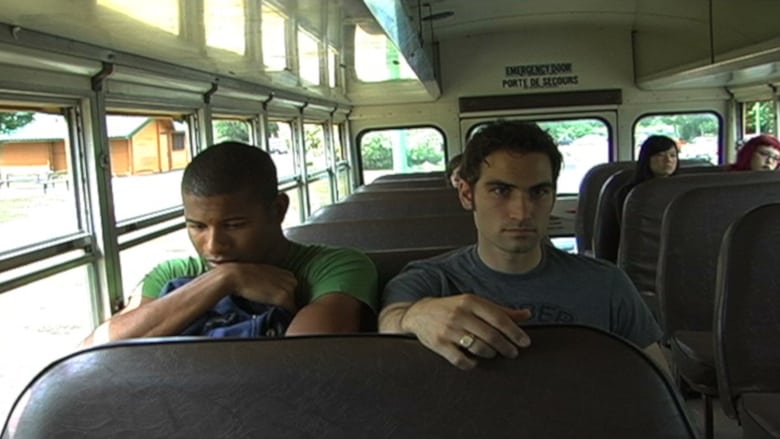 There are also advantages to these places. For example, at stops, passengers from these seats have an advantage over the rest in that they can quickly leave the cabin for a smoke break to go to the toilet or just warm up. It is also more convenient for them to return to the salon - you can go in the very last, because you do not have to make your way to the back of the bus.
There are also advantages to these places. For example, at stops, passengers from these seats have an advantage over the rest in that they can quickly leave the cabin for a smoke break to go to the toilet or just warm up. It is also more convenient for them to return to the salon - you can go in the very last, because you do not have to make your way to the back of the bus.
What is special about the back row seats
It is especially important to consider the location of the seats on a long-distance bus. The road ahead is not close, which in itself is tiring. And if you have certain problems with your back or knees, or maybe you are traveling with children in general, you just need to be as picky as possible in choosing your seat in the cabin. So, the back row is better not to take into account. Yes, there are usually as many as 5 seats, but only 2 of them are sold so that passengers can at least lie down a little. Why? It's simple: the seat backs from the back row do not recline.